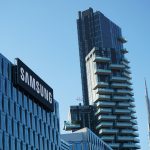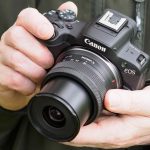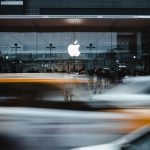
Apple is preparing to release the Vision Pro 2, a mixed-reality headset equipped with an upgraded M5 chip, set to deliver a major performance boost over its predecessor. Expected to debut in late 2025 or early 2026, the Vision Pro 2 will focus on enhanced processing power, while Apple’s plans for a budget model have been delayed until at least 2027. According to Bloomberg’s Mark Gurman, the new headset will retain its original design but focus heavily on internal upgrades, pushing its AR technology to compete in the high-end segment.
The Vision Pro 2’s design is similar to the original model. However, it includes major internal upgrades to meet the needs of the fast-evolving AR market. The new M5 chip is at the center of this transformation, intended to bring “a massive boost in performance” as Apple upgrades from the current M2 chip.
This step is crucial for Apple, especially after supply chain analyst Ming-Chi Kuo confirmed that the company decided to delay a more affordable version. Kuo notes that the price cut alone wouldn’t increase the device’s popularity.
“It’s similar to the HomePod situation—even after launching the cheaper HomePod mini, Apple’s smart speakers failed to become mainstream products,” said Kuo.
Instead of focusing on cheaper options, Apple plans to improve the Vision Pro’s software and user experience. The upcoming visionOS 2.2 update will add new display options, including Wide and Ultra Wide Mac Virtual Display modes. These updates give users a bigger, more versatile virtual workspace. With the power of the M5 chip, the Vision Pro 2 aims to attract professionals and tech enthusiasts who want more immersive virtual environments.
Apple has chosen to delay a more affordable Vision model until 2027. This shows its focus on building a high-end AR product line in a market that is still new. By launching the Vision Pro 2 with big hardware and software upgrades, Apple can stand out from competitors like Meta. Meta, for instance, has already released lower-cost AR devices.
“Apple is working on several ideas for its Vision headset line, but at least one version of the second-generation Vision Pro will look almost entirely like the current design,” Gurman explained. “The big changes are internal, including a processor upgrade.”
In pushing the Vision Pro 2 with these new capabilities, Apple seems poised to redefine AR experiences, emphasizing performance over affordability. Although this high-end focus may limit its immediate consumer reach, Apple’s latest moves suggest a long-term vision for establishing its dominance in the AR market.




















